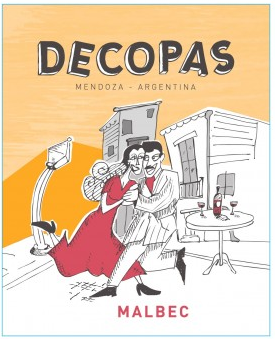 Thanksgiving is less than a week away! That means we all need some wine to serve our guests or ourselves, preferably both. Spending top dollar to get good wines is fairly simple. Finding value driven offerings that get the job done is a bit more challenging. Here are some delicious selections that will work well for your Thanksgiving meal. With one exception they all clock in under $25. Even at lower price points it’s nice to have one splurge wine to consider.
Espirit du Rhone 2013 Cotes du Rhone AOC ($11.99)
Thanksgiving is less than a week away! That means we all need some wine to serve our guests or ourselves, preferably both. Spending top dollar to get good wines is fairly simple. Finding value driven offerings that get the job done is a bit more challenging. Here are some delicious selections that will work well for your Thanksgiving meal. With one exception they all clock in under $25. Even at lower price points it’s nice to have one splurge wine to consider.
Espirit du Rhone 2013 Cotes du Rhone AOC ($11.99)
This wine blends together Grenache (60%), Syrah 30%), Carignan (5%), and Cinsault (5%). 1,000 cases of this wine have been imported to the US. Hints of anise and rhubarb aromas present on the nose here. The palate is studded with purple fruits, dry currants and Montmorency cherry. Bits of finely ground espresso join nutmeg and cinnamon on the finish. Medium tannins soften with a little bit of air. This acid rich, food friendly wine will pair with everything on your Thanksgiving table.
Decopas 2013 Malbec ($12)
All of the fruit for this wine comes from the Mendoza region of Argentina. It’s comprised entirely of estate bottled Malbec. This deeply colored hue of this wine is striking in the glass. Plum, violet, and a little hint of vanilla bean wafts from the appealing nose. The palate is loaded with sumptuous and juicy black fruit flavors such as blackberry and raspberry. Bay leaf characteristics, sour black cherry and a hint of dark chocolate mark the lip smacking finish. Decopas Malbec will pair well hard cheeses, meat based stuffing, ham and the bird itself. Decant this one for an hour and it’ll really pop.
Esporão Verdelho ($12.99)
The fruit for this wine was sourced from vines with an average age of 10 years on them. It’s composed entirely of Verdelho. It was fermented in a temperature controlled environment, stabilized, filtered and bottled without any oak influence. Hints of lemon and lots of fleshy yellow melon jump from the nose here. The palate has loads of green apple flavors, more citrus and lemon characteristics, as well as a dollop of white pepper. Grapefruit and lemon zest light up the crisp and refreshing finish. Hand your guests a glass of this when they walk through the door on Thanksgiving, they may drink it all day and never switch to red.
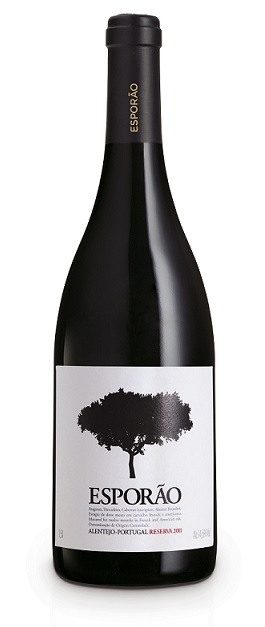 Georges Dubeouf Chateau les Capitans Julienas 2011 ($18.99)
Georges Dubeouf Chateau les Capitans Julienas 2011 ($18.99)
All of the fruit for this wine was picked by hand. It’s composed entirely of Gamay. It was fermented in a temperature controlled environment using native yeast. Red cherry and cranberry fill the nose along with hints of toast. A cornucopia of dried red fruits and savory spices fill the flavorful, medium bodied palate. The finish lingers with continued red fruits, black tea, minerals and warming spices. This wine is tasty on it’s own but really shines with food.
Esporão Reserva Red ($24.99)
This offering blends together Aragonês, Trincaeira, Cabernet Sauvignon and Alicante Bouschet. Each grape was harvested and vinified separately. Barrel aging occurred over 12 months in American (70%), and French (30%) oak; 12 months of bottle aging followed prior to release. This red blend has a beautiful deep, dark purple color. Red and black fruits mix with copious spices on the welcoming and heady nose. There’s an inherent earthiness that leads the palate. Red and black fruits join in along with lots of spices. Cherry, strawberry, and black pepper are all joined by bits of roasted coffee bean on the above average finish. This wine has medium tannins and terrific acidity. Esporão Reserva Red is just begging to be paired with food. It’ll excel with just about anything you throw at it, making it a natural for the day of the bird.
Flora Springs 2012 Napa Valley Cabernet Sauvignon ($40)
All of the fruit for this wine came from Napa Valley. In addition to Cabernet Sauvignon (95%), small amounts of Malbec (3%), and Petit Verdot (2%) were also blended in. It was aged over 22 months in a combination of French (71%), and American oak (29%). Black Currant, cherry and Mexican Vanilla bean aromas are omnipresent on the nose. Black cherry with a splash of a liqueur dominates the palate which is plush and lush in its easy drinking, smooth nature. Crushed velvet, continued black and red cherry, earth, espresso and chicory are all present on the finish along with a hint of bitter chocolate. This is a fine example of Napa Valley Cabernet that drinks impeccably right out of the bottle. It does down easy and also has good depth and complexity.






 Thanksgiving is less than a week away! That means we all need some wine to serve our guests or ourselves, preferably both. Spending top dollar to get good wines is fairly simple. Finding value driven offerings that get the job done is a bit more challenging. Here are some delicious selections that will work well for your Thanksgiving meal. With one exception they all clock in under $25. Even at lower price points it’s nice to have one splurge wine to consider.
Espirit du Rhone 2013 Cotes du Rhone AOC ($11.99)
Thanksgiving is less than a week away! That means we all need some wine to serve our guests or ourselves, preferably both. Spending top dollar to get good wines is fairly simple. Finding value driven offerings that get the job done is a bit more challenging. Here are some delicious selections that will work well for your Thanksgiving meal. With one exception they all clock in under $25. Even at lower price points it’s nice to have one splurge wine to consider.
Espirit du Rhone 2013 Cotes du Rhone AOC ($11.99) Georges Dubeouf Chateau les Capitans Julienas 2011 ($18.99)
Georges Dubeouf Chateau les Capitans Julienas 2011 ($18.99)
 My Latest Story for Bullz-eye.com:
My Latest Story for Bullz-eye.com: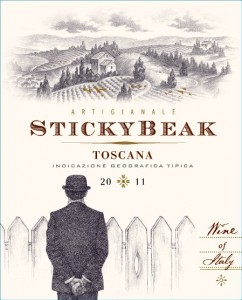 Stickybeak is a California based winery that sources grapes in a host of regions such as Napa, Sonoma and Monterey. They have now widened their reach by making a wine with fruit sourced in Italy. These particular grapes come from the 40 year old Cerreto Guidi vineyards located in Tuscany. Here’s a look at this Italian blend.
The Stickybeak 2011 Toscana was produced from a blend of Sangiovese (85%), Merlot (10%) and Syrah (5%). The Sangiovese and Merlot were both sourced in Tuscany with the Syrah coming from Maremma which is close by. Wild yeasts were used for fermentation which took place over roughly 15 days. Each varietal was aged separately over 18 months in entirely French oak. Blending occurred prior to bottling. This wine is finished in screw cap and has a suggested retail price of $20. Violet and red cherry aromas light up the nose of this Tuscan blend. Strawberry, cherry, spice, and vanilla bean are all in play throughout the palate which has nice depth. Leather, cherry, raspberry and black peppercorn flavors all show up in the finish which has above average length. This wine really shines when paired with food. Anything with red sauce on it will work well. I drank it with homemade pizza and it was memorable and delicious combo.
Stickybeak is a California based winery that sources grapes in a host of regions such as Napa, Sonoma and Monterey. They have now widened their reach by making a wine with fruit sourced in Italy. These particular grapes come from the 40 year old Cerreto Guidi vineyards located in Tuscany. Here’s a look at this Italian blend.
The Stickybeak 2011 Toscana was produced from a blend of Sangiovese (85%), Merlot (10%) and Syrah (5%). The Sangiovese and Merlot were both sourced in Tuscany with the Syrah coming from Maremma which is close by. Wild yeasts were used for fermentation which took place over roughly 15 days. Each varietal was aged separately over 18 months in entirely French oak. Blending occurred prior to bottling. This wine is finished in screw cap and has a suggested retail price of $20. Violet and red cherry aromas light up the nose of this Tuscan blend. Strawberry, cherry, spice, and vanilla bean are all in play throughout the palate which has nice depth. Leather, cherry, raspberry and black peppercorn flavors all show up in the finish which has above average length. This wine really shines when paired with food. Anything with red sauce on it will work well. I drank it with homemade pizza and it was memorable and delicious combo. In general people love Red Blends. Well when they’re tasty of course. There are all sorts of styles out there but the ones I’m specifically talking about today are the kind that are well priced, made for a wide audience and generally available. These have a found a big following with different kinds of wine lovers. To the novice Red wine drinker they can be easy to drink and appealing. To the seasoned wine drinker they offer something tasty and easy on the budget that will satisfy a lot of different taste buds. Murphy-Goode has a new blend called Homefront Red. For every bottle of this wine sold Murphy-Goode will doncate 50 cents to Operation Homefront, a national nonprofit that provides emergency and financial assiustance to the families of service members and wounded warriors. With that in mind here’s a look at the wine.
The Murphy-Goode 2011 Homefront Red was produced from fruit sourced throughout California. This offering blends together Syrah, Merlot, Petite Sirah and Zinfandel. This wine was aged in a combination of French and American oak. It was recently released and is available nationally. 50,000 Cases were produced and it has a suggested retail price of $15. Blackberry and raspberry aromas light up the nose of this wine along with a little hint of anise. The palate is loaded with berry fruit flavors such as black raspberry and spices galore. Red Cherry is present as well and leads to the finish which has wisps of sweet chocolate and black pepper. Homefront Red will pair well with a pretty wide array of foods. It will be particularly good with casual grilled foods.
In general people love Red Blends. Well when they’re tasty of course. There are all sorts of styles out there but the ones I’m specifically talking about today are the kind that are well priced, made for a wide audience and generally available. These have a found a big following with different kinds of wine lovers. To the novice Red wine drinker they can be easy to drink and appealing. To the seasoned wine drinker they offer something tasty and easy on the budget that will satisfy a lot of different taste buds. Murphy-Goode has a new blend called Homefront Red. For every bottle of this wine sold Murphy-Goode will doncate 50 cents to Operation Homefront, a national nonprofit that provides emergency and financial assiustance to the families of service members and wounded warriors. With that in mind here’s a look at the wine.
The Murphy-Goode 2011 Homefront Red was produced from fruit sourced throughout California. This offering blends together Syrah, Merlot, Petite Sirah and Zinfandel. This wine was aged in a combination of French and American oak. It was recently released and is available nationally. 50,000 Cases were produced and it has a suggested retail price of $15. Blackberry and raspberry aromas light up the nose of this wine along with a little hint of anise. The palate is loaded with berry fruit flavors such as black raspberry and spices galore. Red Cherry is present as well and leads to the finish which has wisps of sweet chocolate and black pepper. Homefront Red will pair well with a pretty wide array of foods. It will be particularly good with casual grilled foods.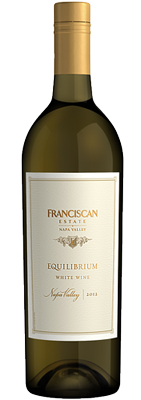 I've been enjoying wines from Franciscan Estate since my earliest familiarity with Napa Valley. In that time they've featured a consistently appealing portfolio of wines. Franciscan has also been steady in terms of what they release; their core has remained reliable as well. However every now and then they add something new. This summer it’s a new white blend, focused mostly on two varietals they have worked with for years. Here’s a look at it.
The Franciscan Estate 2012 Equilibrium is the inaugural release of this wine. This white blend combines Sauvignon Blanc (72%), Chardonnay (17%), and Muscat (11%). All of the fruit for this wine was sourced in Napa Valley. 83% of the fruit was fermented in stainless steel and the remaining 17% in barrel. Just fewer than 6,000 cases of Equilibrium were produced and it has a suggested retail price of $22.99. This wine leads with a killer nose; tropical and stone fruit aromas simply burst out of the glass invitingly. Equilibrium’s palate is studded with an array of engaging bright fruit flavors; white peach, guava and mango are of particular note here. Lemon curd, white pepper and continued tropical fruit flavors abound on the finish which has nice length. This wine is soft, round, lush and mouth-filling.
I've been enjoying wines from Franciscan Estate since my earliest familiarity with Napa Valley. In that time they've featured a consistently appealing portfolio of wines. Franciscan has also been steady in terms of what they release; their core has remained reliable as well. However every now and then they add something new. This summer it’s a new white blend, focused mostly on two varietals they have worked with for years. Here’s a look at it.
The Franciscan Estate 2012 Equilibrium is the inaugural release of this wine. This white blend combines Sauvignon Blanc (72%), Chardonnay (17%), and Muscat (11%). All of the fruit for this wine was sourced in Napa Valley. 83% of the fruit was fermented in stainless steel and the remaining 17% in barrel. Just fewer than 6,000 cases of Equilibrium were produced and it has a suggested retail price of $22.99. This wine leads with a killer nose; tropical and stone fruit aromas simply burst out of the glass invitingly. Equilibrium’s palate is studded with an array of engaging bright fruit flavors; white peach, guava and mango are of particular note here. Lemon curd, white pepper and continued tropical fruit flavors abound on the finish which has nice length. This wine is soft, round, lush and mouth-filling. Hecht & Bannier was founded in 2002 by Gregory Hecht and Francois Bannier. They set themselves up in the style of traditional French Negociants with a goal of creating reference point releases in each region they produce wines from. The latest additions to their portfolio are a couple of wines from Provence. Here’s a look at them.
The Hecht & Bannier Côtes de Provence 2012 Rosé was produced from a blend of Grenache (45%), Cinsault (40%) and Syrah (15%). The grapes utilized were sourced at a variety of vineyards, some in the foothills of Montagne Sainte-Victorie and others high altitude vineyards of Haute-Provence. The fruit was picked overnight during cooler hours to assure the preservation of freshness. This wine has a suggested retail price of $18. The light salmon hue of this offering is both beautiful and immediately striking. Engaging floral characteristics emerge from the nose. The palate is fruity, spice, dry, lithe and absolutely lovely. Cherry, strawberry, bits of orange zest and white pepper are all in play from the first sip through the above average finish. This wine goes down easily and it also has the depth and complexity to keep things interesting. It’s really a super appealing wine that you’re going to want to buy a few bottles of as they disappear quick once they’re open.
Hecht & Bannier was founded in 2002 by Gregory Hecht and Francois Bannier. They set themselves up in the style of traditional French Negociants with a goal of creating reference point releases in each region they produce wines from. The latest additions to their portfolio are a couple of wines from Provence. Here’s a look at them.
The Hecht & Bannier Côtes de Provence 2012 Rosé was produced from a blend of Grenache (45%), Cinsault (40%) and Syrah (15%). The grapes utilized were sourced at a variety of vineyards, some in the foothills of Montagne Sainte-Victorie and others high altitude vineyards of Haute-Provence. The fruit was picked overnight during cooler hours to assure the preservation of freshness. This wine has a suggested retail price of $18. The light salmon hue of this offering is both beautiful and immediately striking. Engaging floral characteristics emerge from the nose. The palate is fruity, spice, dry, lithe and absolutely lovely. Cherry, strawberry, bits of orange zest and white pepper are all in play from the first sip through the above average finish. This wine goes down easily and it also has the depth and complexity to keep things interesting. It’s really a super appealing wine that you’re going to want to buy a few bottles of as they disappear quick once they’re open.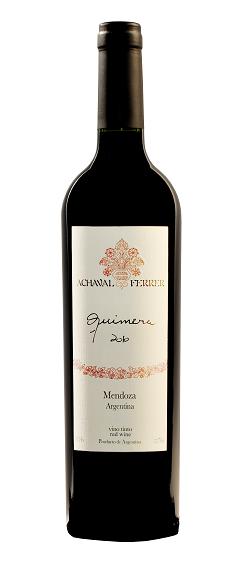 Many wine making regions produce Bordeaux inspired blends and the results vary greatly. In my mind the downfall often comes when trying to mimic the great wines of Bordeaux to the point of not focusing on what does best in the region in question. Argentina of course is best known for Malbec which thrives there in a variety of styles. The latest release from Bodega Achaval-Ferrer is a Bordeaux inspired blend and it’s also a wine with a relatively large percentage of Malbec in it. So here’s a release where Bordeaux inspiration and local rock-star grape meet. Here are my thoughts on the results.
The Achaval-Ferrer 2010 Quimera was produced from fruit sourced in three appellations: Lujan de Cuyo, Medrano, and Tupungato. This offering is a blend of Malbec (31%), Merlot (20%), Cabernet Sauvignon (27%), Cabernet Franc (18%) and Petit Verdot (4%). Each varietal underwent primary fermentation separately in small tanks; Malolactic fermentation followed after the wine was blended. Barrel aging took place over 12 months in entirely French oak; 40% of the barrels utilized were new and the balance had been used once prior. Just more than 3,000 cases of this wine were produced and it has a suggested retail price of $56.
Many wine making regions produce Bordeaux inspired blends and the results vary greatly. In my mind the downfall often comes when trying to mimic the great wines of Bordeaux to the point of not focusing on what does best in the region in question. Argentina of course is best known for Malbec which thrives there in a variety of styles. The latest release from Bodega Achaval-Ferrer is a Bordeaux inspired blend and it’s also a wine with a relatively large percentage of Malbec in it. So here’s a release where Bordeaux inspiration and local rock-star grape meet. Here are my thoughts on the results.
The Achaval-Ferrer 2010 Quimera was produced from fruit sourced in three appellations: Lujan de Cuyo, Medrano, and Tupungato. This offering is a blend of Malbec (31%), Merlot (20%), Cabernet Sauvignon (27%), Cabernet Franc (18%) and Petit Verdot (4%). Each varietal underwent primary fermentation separately in small tanks; Malolactic fermentation followed after the wine was blended. Barrel aging took place over 12 months in entirely French oak; 40% of the barrels utilized were new and the balance had been used once prior. Just more than 3,000 cases of this wine were produced and it has a suggested retail price of $56.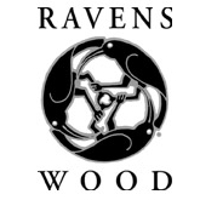
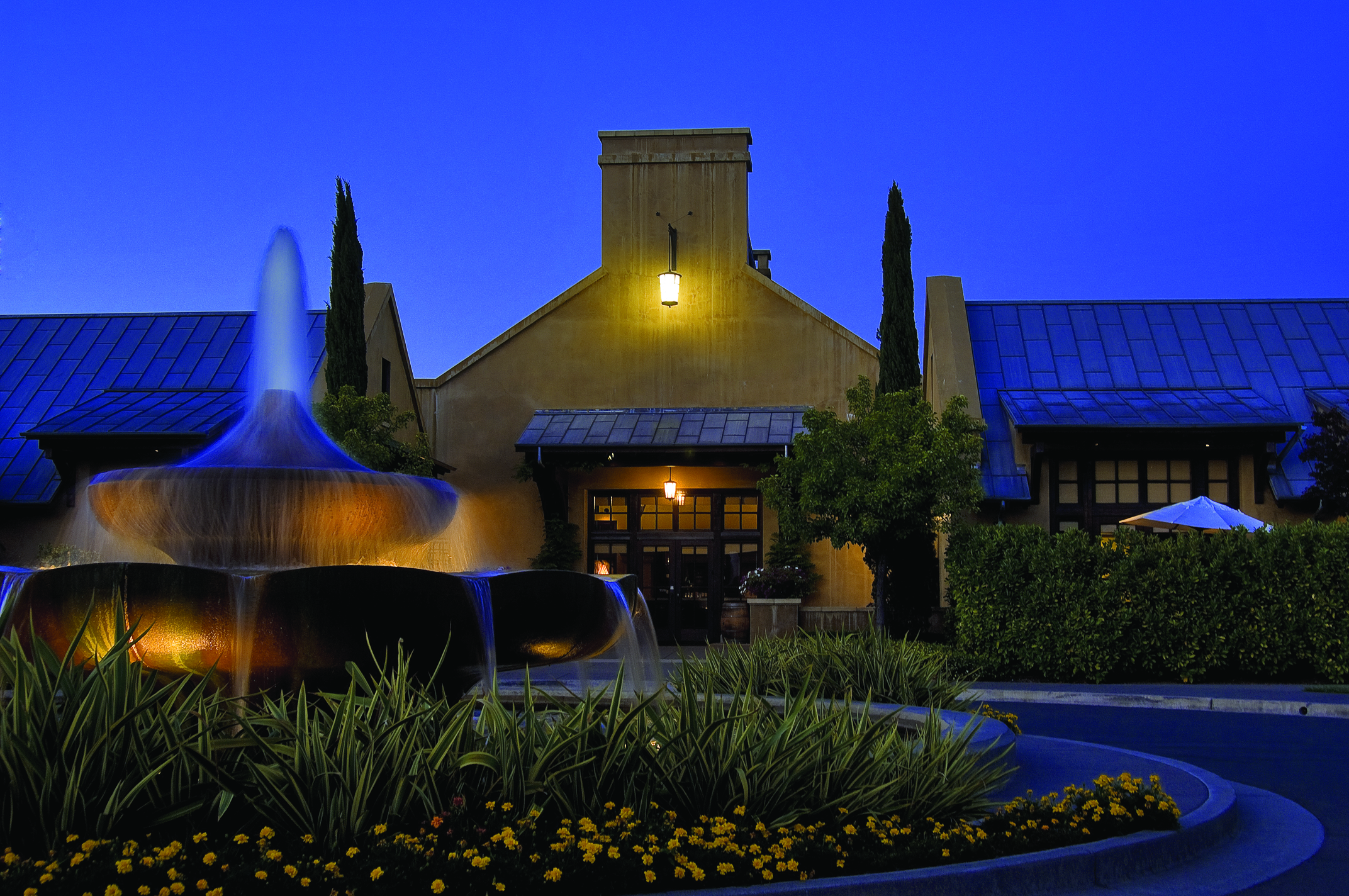 Last week
Last week 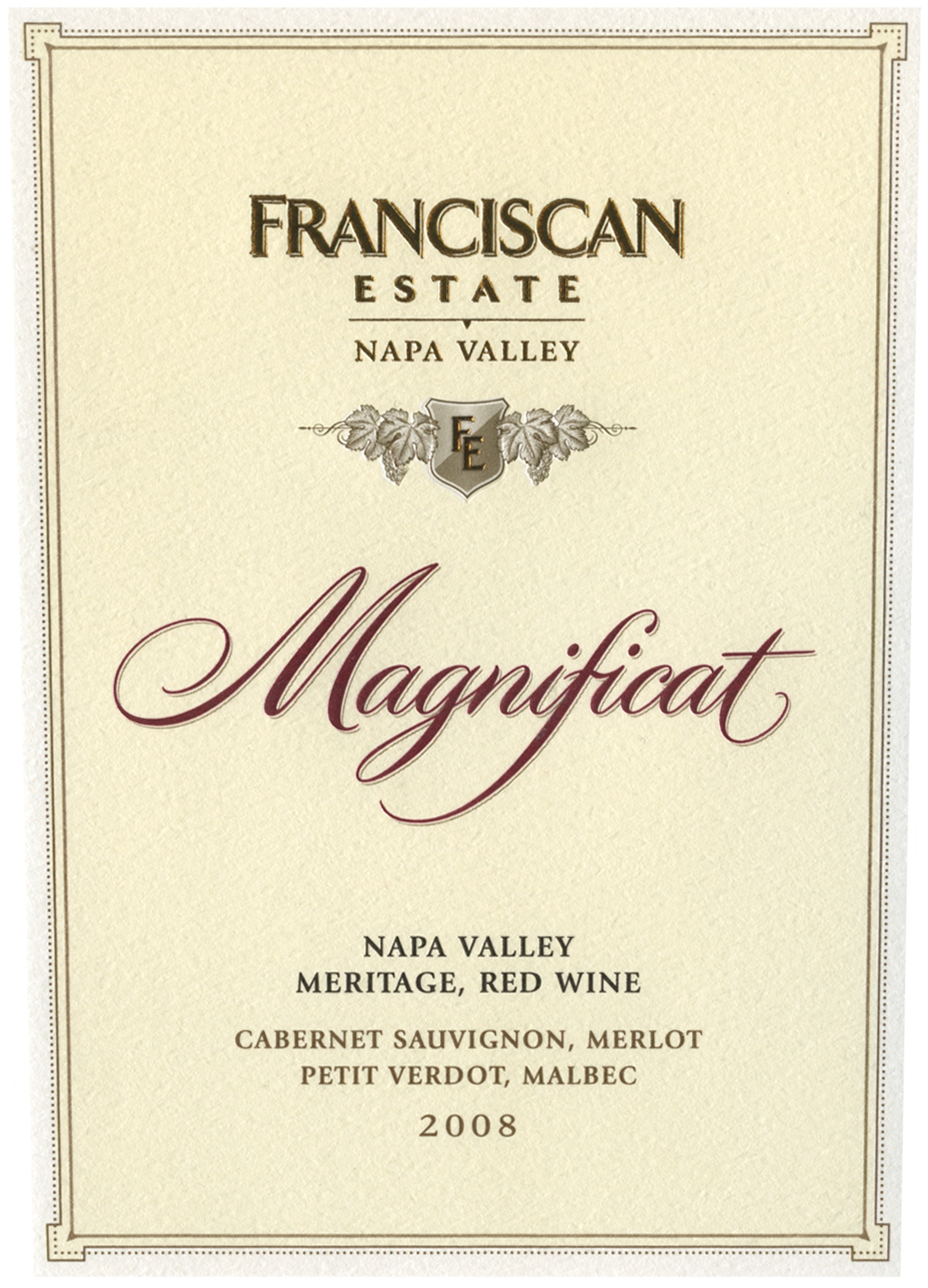 I’ve personally been drinking wines from Napa Valley’s
I’ve personally been drinking wines from Napa Valley’s 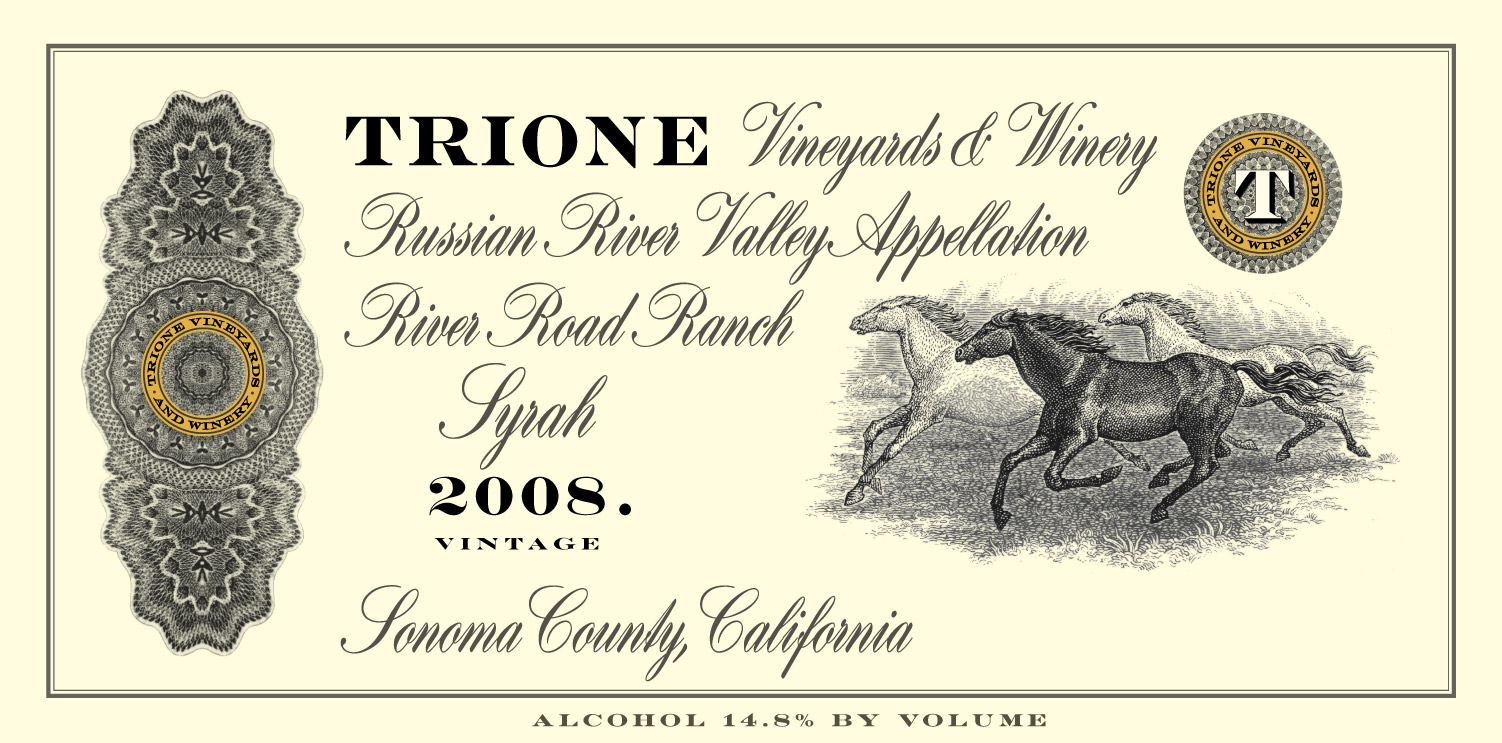 For more than 30 years the Trione Family has been growing and selling grapes in Sonoma County from their own property as well as vineyards they manage. In 2005 they launched
For more than 30 years the Trione Family has been growing and selling grapes in Sonoma County from their own property as well as vineyards they manage. In 2005 they launched 

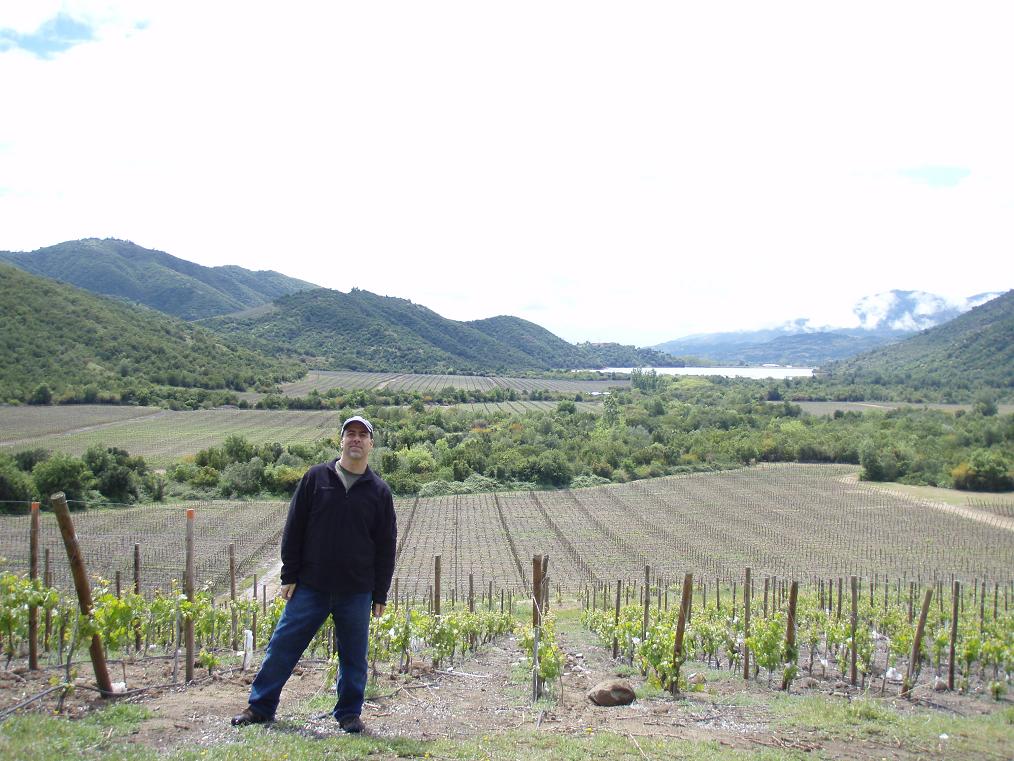
 The Viña Vik 2010 is a blend of Cabernet Sauvignon (56%), Carménère (32%), Cabernet Franc (5%), Merlot (4%) and Syrah (3%). It was fermented with native yeasts and spent 23 months in barrel prior to bottling this past April. This wine has a spectacular nose loaded with Cherry and leather characteristics. The palate is layered with depth and complexity to spare. Cherry and hints of black fruits star. This is a juicy and mouth-filling wine with an impressively lengthy finish. It’s a young wine that will benefit from proper cellaring and should have at least 10 years of enjoyable drinking ahead of it. We tasted it several times both by itself in a formal setting and paired with lunch where it had been decanted. When it had the opportunity to showcase itself alongside food it really impressed.
The Viña Vik 2010 is a blend of Cabernet Sauvignon (56%), Carménère (32%), Cabernet Franc (5%), Merlot (4%) and Syrah (3%). It was fermented with native yeasts and spent 23 months in barrel prior to bottling this past April. This wine has a spectacular nose loaded with Cherry and leather characteristics. The palate is layered with depth and complexity to spare. Cherry and hints of black fruits star. This is a juicy and mouth-filling wine with an impressively lengthy finish. It’s a young wine that will benefit from proper cellaring and should have at least 10 years of enjoyable drinking ahead of it. We tasted it several times both by itself in a formal setting and paired with lunch where it had been decanted. When it had the opportunity to showcase itself alongside food it really impressed.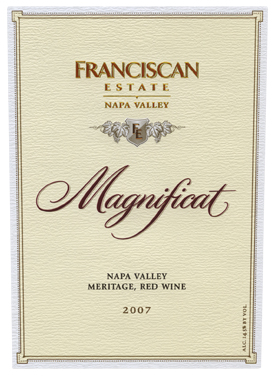 Cabernet Sauvignon and Merlot are the wines I first became familiar with in the
Cabernet Sauvignon and Merlot are the wines I first became familiar with in the